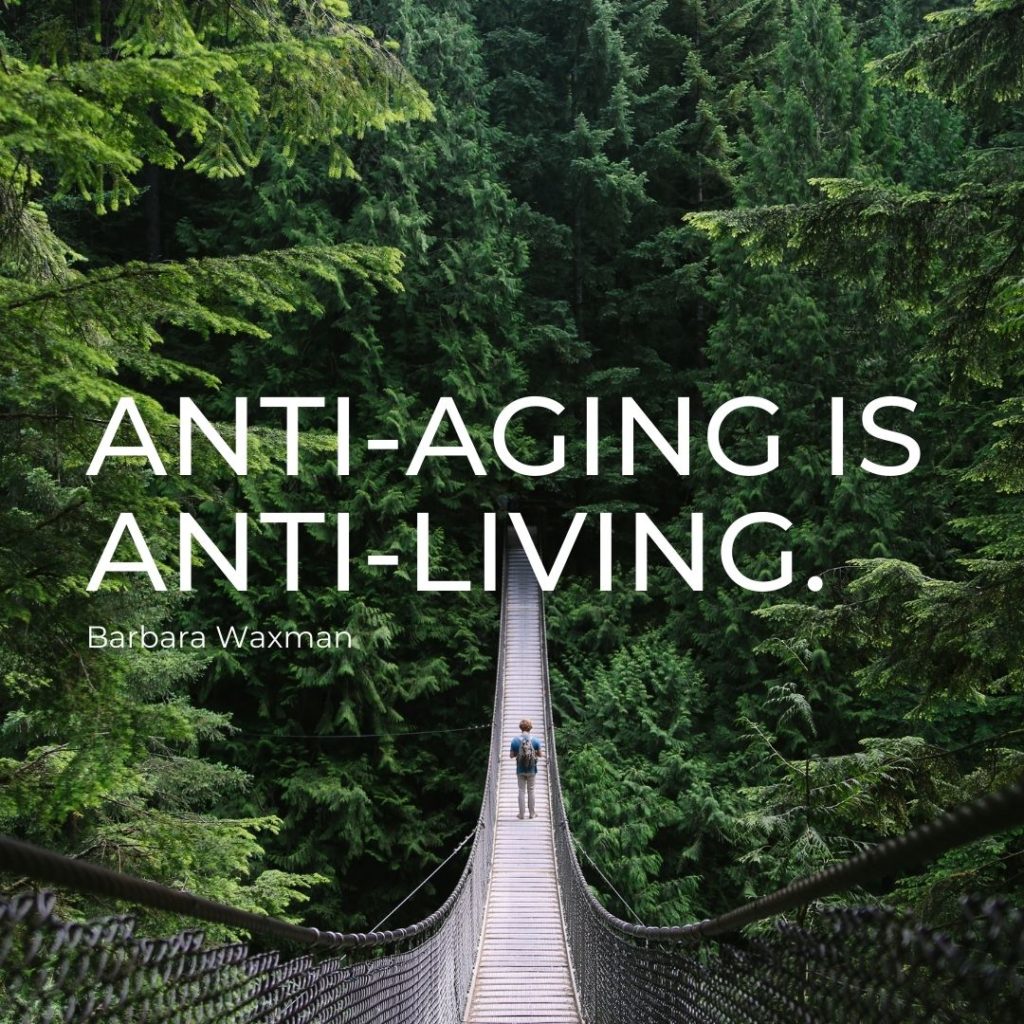Explore the Seven Lifestyle Levers™️ that ancient wisdom and cutting-edge science that proves the moniker Lifestyle IS Medicine. Assess your current state of integrating body, mind, and spirit in ways that optimize your wisdom at every stage and any age while aligning your health span and lifespan.



